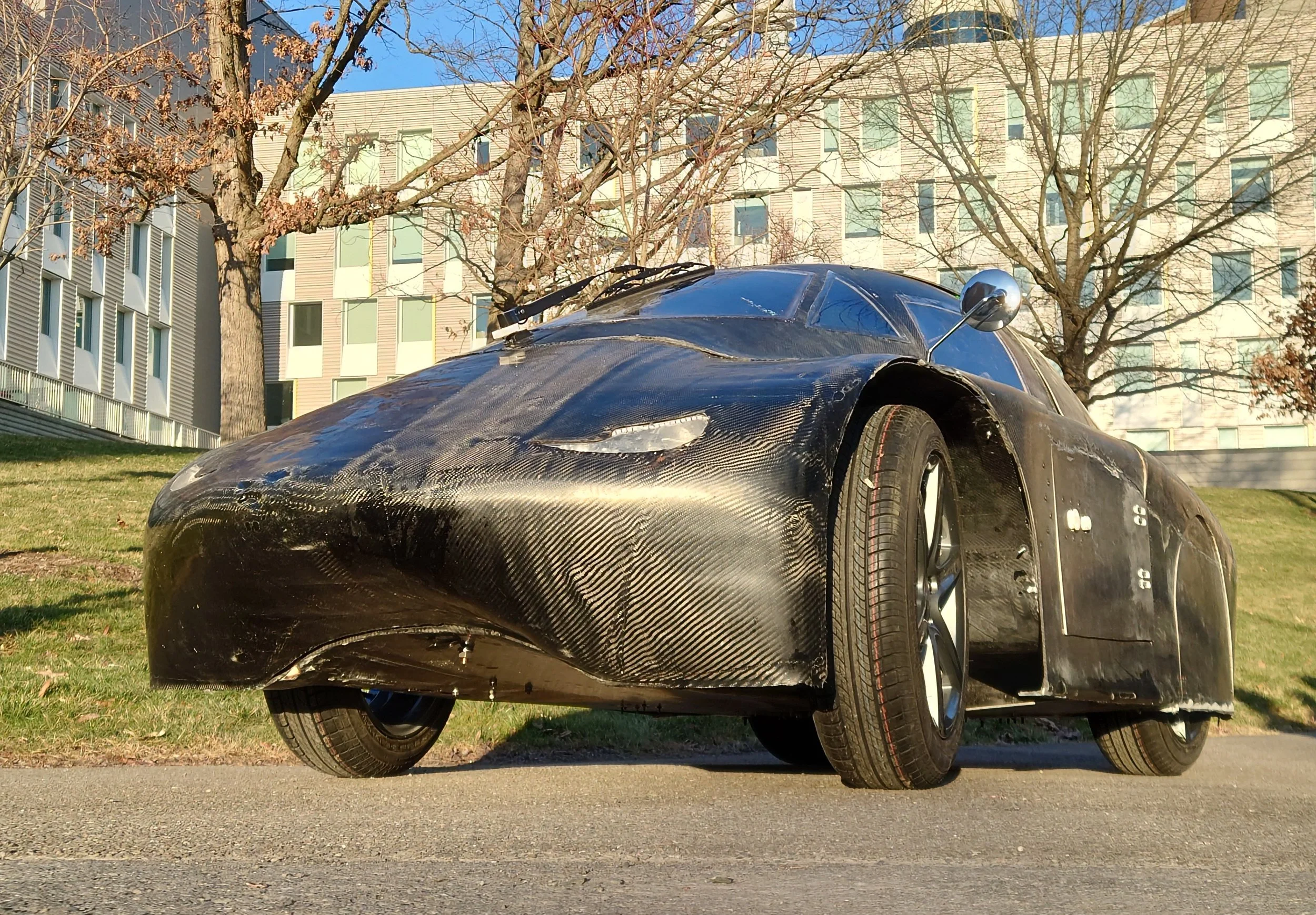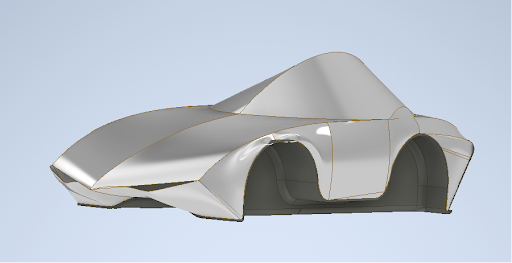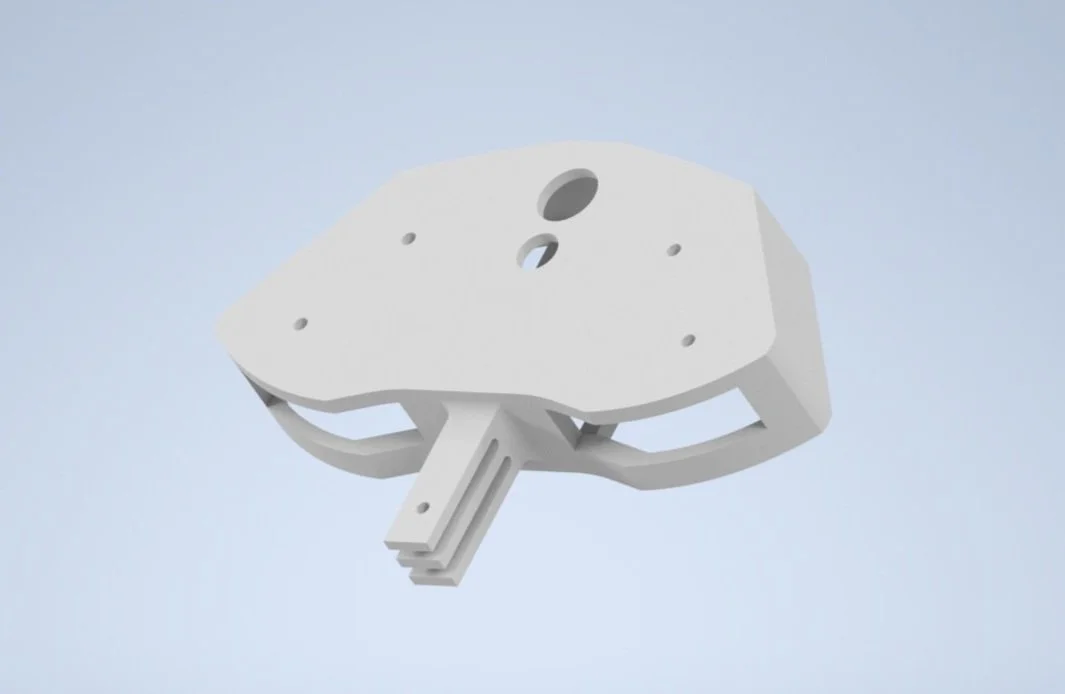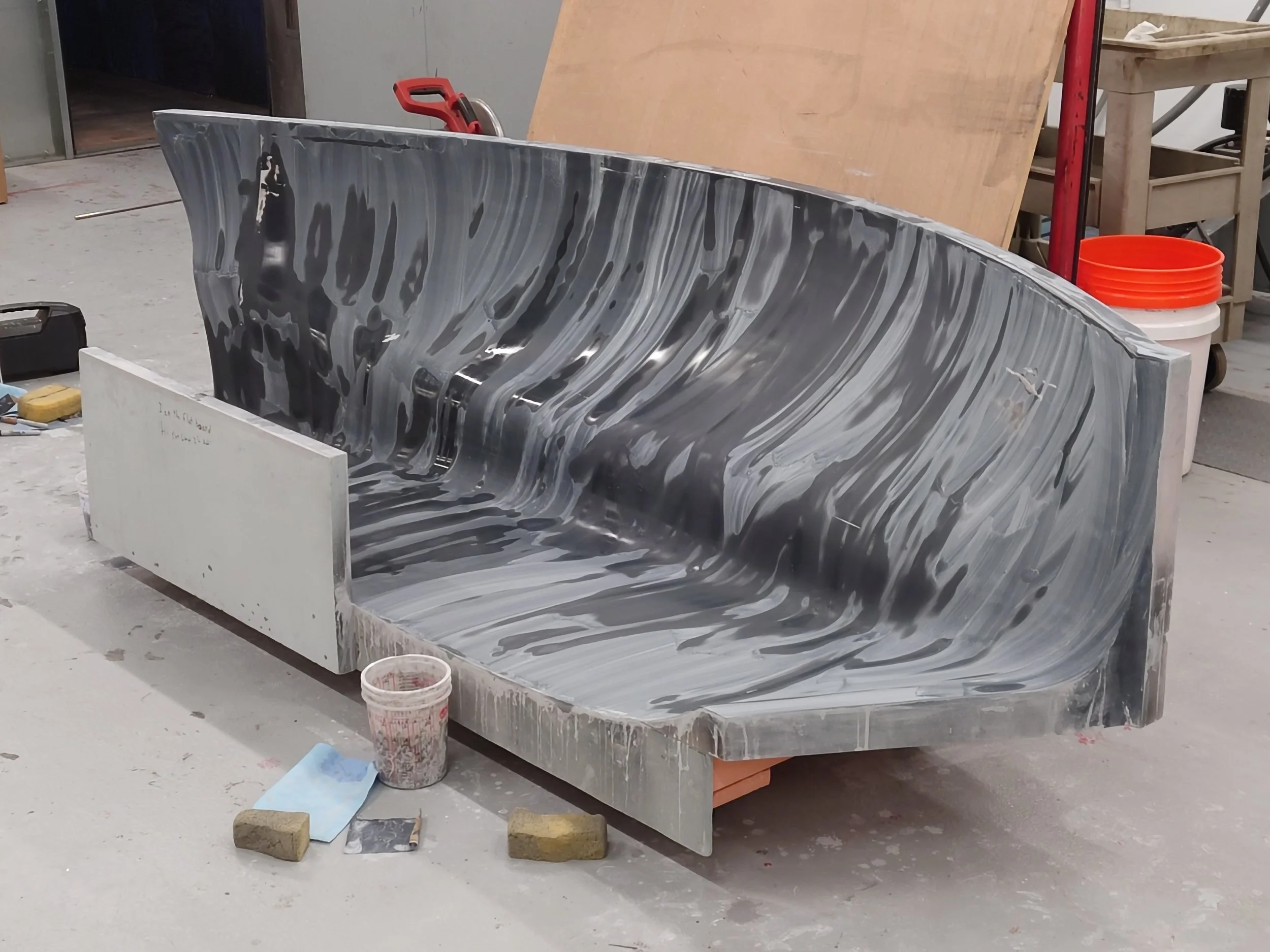Cornell Electric Vehicles
A student-run organization that designs and manufactures an extremely energy-efficient electric vehicle each year to compete in the Shell-Eco Marathon competition.
Chassis Manufacturing Shift Lead
2023
Autonomous Braking Project Lead
2024
Design Projects
Chassis Design
My initial concept and surface modeling of a new iteration of the car. This was my introduction to surface modeling. Although aerodynamics was an important factor, the relatively low maximum speed that our car could reach gave me a little more creative freedom.
Headlights
The headlights of the vehicle had to be designed in a way in which a three-pronged high-beam bulb could be secured, while also giving the car a sleek look. I designed the headlights with a lightning bolt shape in mind, highlighting the “Electric” in Cornell Electric Vehicles. 3D printed using PLA.
Dashboard
Prior to my design, the old dashboard was a flat piece of plastic with holes for the buttons and switches. My design of a 3D housing allowed for wire organization to be hidden inside the dashboard, allowing the wires to run neatly out the bottom and giving the driver easy access to the switches and buttons.
Chassis Manufacturing Process
Mold
Foam molds are created for the panels of the car. Imperfections or holes are filled with Bondo. The mold is then sprayed with multiple layers of Duratec, which gets wet-sanded by hand down to a smooth finish.
Wet Layup
Epoxy is spread evenly onto dry pieces of carbon fiber. The carbon fiber is placed into the mold, where it is vacuum-bagged for curing. There is also a thin sheet of foam that is cured between the layers.
Assembly
After the carbon fiber panels are finished curing, they are pried off the mold and pieced together. Components that need to be clear, such as the windshield, are thermoformed pieces of polycarbonate









